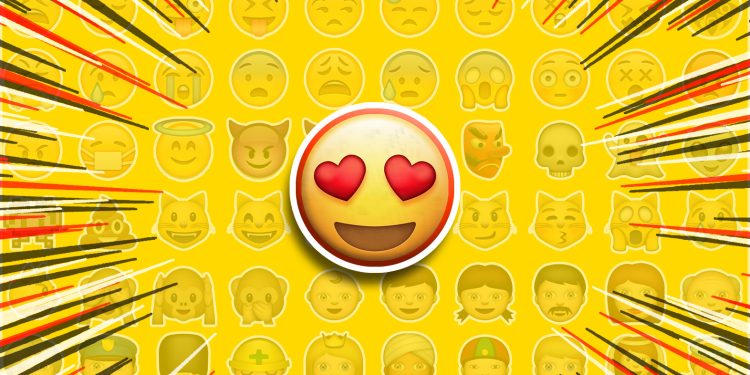How are Emoji created? Unless, you’re very social media-savvy, this is probably something you’ve never asked yourself. We take Emoji for granted, but just like social media and instant messaging themselves, Emoji are relatively new.
The team behind Emoji is The Unicode Consortium.
What is The Unicode Consortium?
Unicode provides a unique number for every character, no matter what the platform, program, or language is.
Because computers are actually meant to deal with numbers only, each character is a set of assigned numbers. Before the Unicode standard, there were many different encodings which meant no single encoding covered all the world’s languages. This also caused problems when it came to data transfers between two devices.
The Unicode standard, basically, is an “encoding foundation large enough to support the writing systems used by all the world’s languages”.
The Unicode Consortium is a non-profit organization, with tech-giant members. Some of the Unicode members include Apple, Adobe, Google, Netflix, and Facebook.
Bu gönderiyi Instagram’da gör
The History of Emoji
The first text-based smiley face “:-)” was coined in 1982 by Scott Fahlman. But Emoji as we know today is credited to Shigetaka Kurita. The cellphone company NTT DOCOMO released a set of 176 emoji back in 1999. The first set of emoji are now on display at MoMA.
Right now, thanks to The Unicode Consortium, we have over 3,600 Emoji. In 2015, Oxford Dictionary selected “Face with Tears of Joy” as the word of the year. In 2021, “Face with Tears of Joy” became the most used emoji on Twitter.
How Are Emoji Created?
Proposals for new Emoji are regularly reviewed by The Unicode Emoji Subcommittee. Here are the three main criteria:
- The image needs to be able to work at the small size emoji are commonly used.
- It needs to represent something new, and not something that can be expressed with the combination of multiple emoji.
- There needs to be substantial evidence that a large number of people are likely to use the emoji.
Bu gönderiyi Instagram’da gör
How Can You Submit A Proposal for A New Emoji?
The first thing you need to know, is that an Emoji proposal is a laborious and long process. The entire evaluation process can take between 1-2 years.
For the proposal to be evaluated for the next release, it should be submitted between April 4th and July 31st of each year. You should first check if the emoji has been proposed before. Those still under evaluation and the ones rejected in the past two years are not re-evaluated.
You need to submit a 10-pager explaining how the proposed emoji fits within the criteria above, and present substantial evidence that the emoji is likely to be used by a wide range of people. Petitions are great, but Unicode says they’re not entirely effective. Instead, try to present an “evidence of frequency” by using tools such as Google Trends.
After that, it’s a waiting game. Through a series of evaluations by the Emoji Subcommittee, the proposal first becomes an Emoji Candidate. And if it gets picked up, it gets made into an emoji by Unicode in the next release.
For more information regarding the submission process, visit here.
Are there any new emoji you’re sure we need? What’s the one you use the most frequently? Let us know down below or hit us up on our socials!















